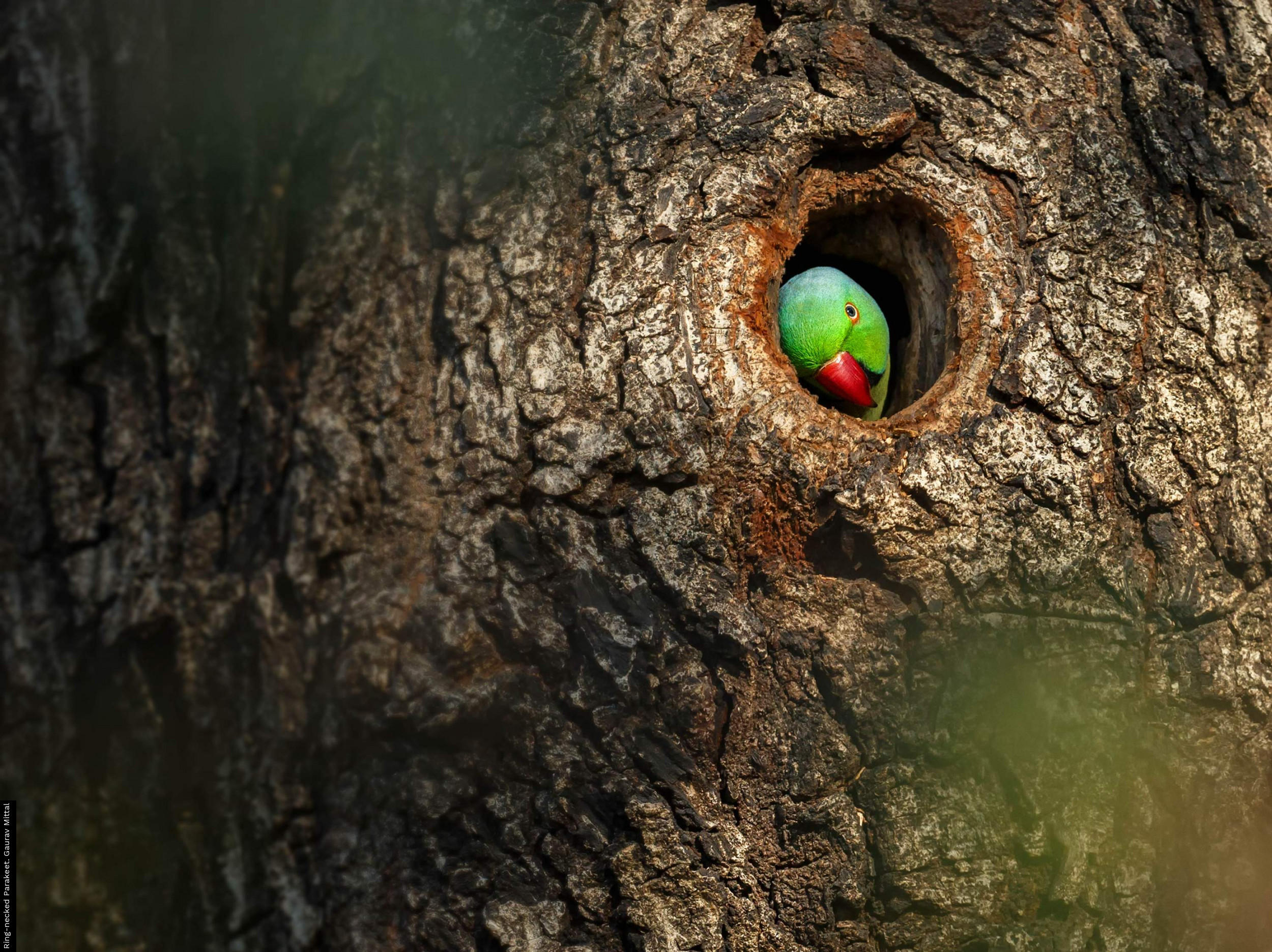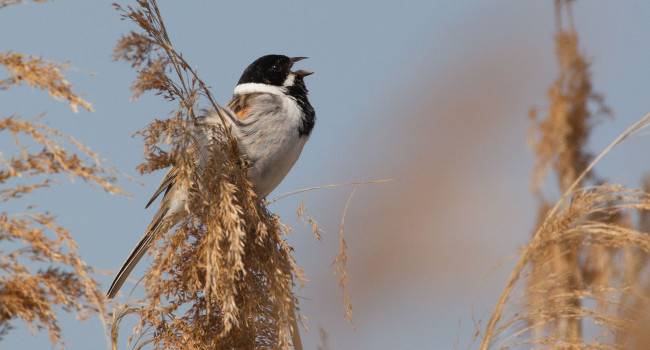
Publisher: Pelagic Publishing, London
Publication Year: 2023
Binding: Softback
Page Count: 360
ISBN Number: 9781784273286
Price: £ 21.99
Finding W. H. Hudson: The Writer Who Came to Britain to Save the Birds
Of American parentage, William Henry Hudson was born in Argentina in 1841. Arriving in London in 1874, he struggled for some years to make ends meet, before making his name as a naturalist. Hudson is best known for his nature writing, most notably The Naturalist in La Plata, Birds in a Village, Birds in London, and Hampshire Days, but he also wrote a handful of novels; these were significantly less successful than Hudson’s other books, with the author regarding the whole literary business as a poor second to his true vocation, that of naturalist.
Publishers’ reader Edward Garnett, a friend of Hudson, provides the most vivid description of how people succumbed to the spell of Hudson’s personality, something that is evident in Conor Jameson’s account of this fascinating man. While Hudson provides the framework for Jameson’s book, the account strays much further than a typical biography, encompassing as it does a wealth of other characters. These include Sir Edward and Lady Dorothy Grey, at whose fishing cottage on the River Itchen Hampshire Days was conceived, and ‘Don Roberto’ Cunninghame Graham, the first socialist to take a seat in Parliament and an explorer who searched for a lost goldmine in Spain and attempted to visit the mythical Moroccan city of Tarudant, which was closed to foreigners. It was through Edward Garnett that Hudson was connected to many of the important literary figures of the time, including Joseph Conrad and Edward Thomas (the latter another excellent field naturalist).
Unsurprisingly, given Jameson’s strong RSPB connections, the book draws out Hudson’s work with the Society for the Protection of Birds (later the RSPB) and its pioneering women. The tale of the early days of the Society has been wonderfully told by Tessa Boase, but Jameson’s book suggests that Hudson played a more important role than perhaps has been previously apparent. Hudson’s connections, together with his growing reputation as a writer and evident knowledge of birds, clearly helped the Society to gain traction and persuade more and more influential people to take up the cause.
From my knowledge of Edward Thomas and Edward Garnett it is evident that the book is well researched, with Jameson drawing on a broad range of sources, and it is well written. It is refreshing to see a biographer’s obvious interest in his or her subject come through so clearly, in a genre where the scholarly approach usually restricts such personal reflection. My only criticism is that, by restricting the book to paperback and ebook formats, the publisher has reduced its appeal to a broader audience. It’s price almost reaches that of a hardback, and it has the feel of an academic textbook. Surely, this is an account that – in hardback – would have rightly captivated a broader bookshop audience, in just the way that Helen Smith managed with Edward Garnett, Jena Moorcroft Wilson with Edward Thomas, and Tessa Boase with the beginnings of the RSPB.
Book reviewed by Mike Toms
buy this book





Share this page